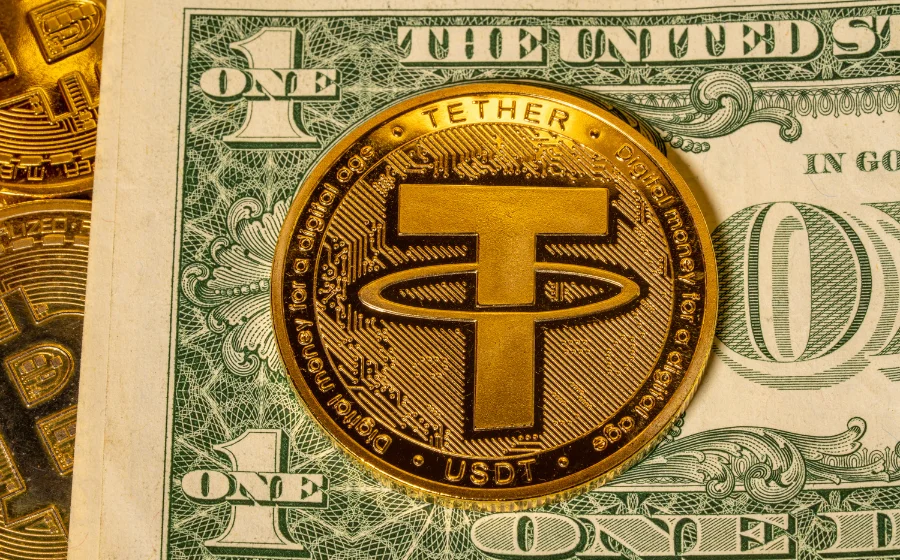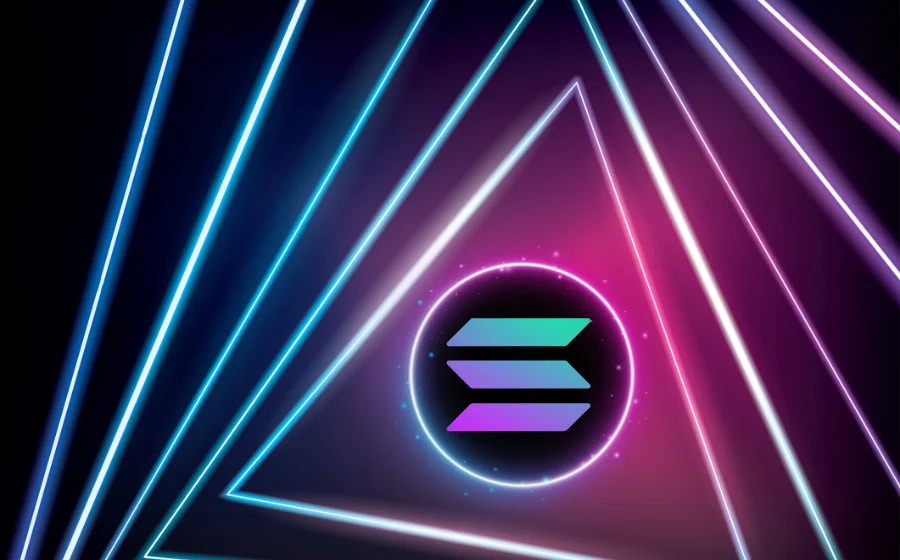
KEYTAKEAWAYS
- Spot Trading: Offers simplicity and direct asset ownership, ideal for beginners and long-term investors.
- Futures Trading: Provides leverage and flexibility, allowing traders to profit in both rising and falling markets.
- Choosing the Right Option: Consider your financial goals, risk tolerance, and trading expertise to decide between spot or futures trading.

CONTENT
The key differences between crypto spot and futures trading include leverage, liquidity, and profit strategies. Explore how these factors help you choose the right trading approach for your goals.
Crypto spot and futures trading are essential components of traditional financial markets, and they hold equal importance in the crypto market.
But what exactly is spot trading in crypto? What about futures trading? How do they differ, and how can you determine which trading style suits you best?
Let’s dive into a detailed exploration of these concepts.
WHAT IS SPOT TRADING?
Spot trading refers to the purchase and sale of assets at the current market price, known as the spot price.
It has a long history and is one of the most widely used trading methods in everyday life.
In ancient times, bartering items such as shells, livestock, or food was a form of spot trading.
In financial markets, spot trading is ubiquitous. Examples include buying and holding stocks in the stock market, purchasing foreign currencies in forex, or accumulating cryptocurrencies in the crypto space. These are all typical forms of spot trading.
Compared to futures or contract trading, spot trading involves lower risks since it doesn’t use leverage. For instance, when trading physical gold, US dollars, or Bitcoin, there’s no risk of liquidation (except if the asset value drops to zero).
However, spot trading often requires a longer time frame, offers lower returns, and may lead to reduced profitability.
This is especially true when the price of the traded asset is stable; small price movements can result in profits being eroded by transaction fees and spreads, sometimes even leading to negative returns.
-
Crypto Spot Trading
Crypto spot trading is a method where traders buy and sell cryptocurrencies (such as Bitcoin, Ethereum, etc.) at the current market price. This is the most common trading type favored by beginners in today’s cryptocurrency market.
In spot trading, buyers and sellers agree on the current market price of a specific crypto asset.
The transaction is settled immediately, with the asset being transferred directly from the seller’s wallet to the buyer’s wallet. In other words, the cryptocurrency moves directly between market participants (buyers and sellers).
One of the main advantages of spot trading is that it allows traders to own the actual crypto assets. These assets can be transferred to personal wallets and held for the long term.
This also means that you gain the rights associated with owning the digital asset, such as voting on major forks or participating in staking.
-
Pros and Cons of Crypto Spot Trading
Spot trading is simple and low-risk, making it a popular choice for beginners. Here are the main advantages and disadvantages of crypto spot trading:
▶ Advantages
- Simplicity: Spot trading is straightforward, making it beginner-friendly without requiring advanced knowledge or strategies.
- Ownership of Assets: Traders own the actual cryptocurrency, which can be stored in personal wallets and used for staking or voting on governance issues.
- Immediate Settlement: Transactions are executed and settled in real-time, offering quick access to assets.
- Lower Risk: Since spot trading doesn’t involve leverage, the risk of liquidation is eliminated.
▶ Disadvantages
- Manual Operation: One significant downside is that spot trading often requires manual execution. While automation tools exist, they typically have steep learning curves, demand technical knowledge, or require additional subscriptions or purchases.
- Liquidity Constraints: Another drawback is liquidity limitations. If market liquidity is low and prices start to drop, you may struggle to sell your assets.
Simply put, liquidity depends on the number of buyers or sellers in the market. If no one is willing to buy at your set price, it could result in greater losses.
Overall, spot trading remains attractive due to its simplicity, low fees, and instant transaction execution, making it a preferred method for many.
>>> More to read: How to Start Trading in Crypto: A Beginner’s Guide
WHAT IS A CRYPTO FUTURES CONTRACT?
Crypto futures contracts are among the earliest and most widely traded derivatives in the cryptocurrency market.
These contracts involve agreements to buy or sell a cryptocurrency asset at a predetermined price on a specific future date.
This allows traders to speculate on the price movements of cryptocurrencies without actually owning the underlying assets.
Futures contracts are typically traded on centralized exchanges and come in two main types: delivery contracts and perpetual contracts. Among these, perpetual contracts are the most popular product in the crypto market today.
-
Key Features of Crypto Futures Contracts
- Leverage and Margin Trading
Crypto futures enable traders to use leverage, amplifying potential profits (and risks). Margin trading allows investors to open positions with a fraction of the total contract value.
While this makes it accessible for small-capital traders, the use of leverage significantly increases the potential for both gains and losses.
- No Ownership of the Underlying Asset
Unlike the spot market, futures trading involves trading contracts rather than owning the actual cryptocurrency. For instance, when trading a BTC/USDT futures contract, you are not buying or selling Bitcoin directly.
Instead, you are speculating on the future price movement of Bitcoin, essentially betting on whether the price will rise (long) or fall (short).
- Hedging Against Market Volatility
Futures contracts were originally designed to mitigate market volatility, offering traders a way to manage risks. They allow users to lock in prices and hedge against unfavorable price movements.
-
How Crypto Futures Contracts Work
In essence, futures contracts are derivatives that allow users to profit from predicting price movements. Traders can choose to go “long” (bet on price increases) or “short” (bet on price decreases) based on their market outlook.
Profits or losses are determined by the price fluctuations of the underlying asset relative to the contract’s terms.
Crypto futures contracts provide a flexible and dynamic trading option, but their high-risk, high-reward nature requires careful strategy and risk management.
>>> More to read: What is Margin Trading: A Comprehensive Introduction
CRYPTO FUTURES VS SPOT TRADING
- Leverage: Futures trading offers leverage, enabling traders to control larger positions with less capital. Spot trading lacks leverage, limiting purchases to available funds.
- Profit Opportunities: Futures allow profits from both rising (long) and falling (short) markets, while spot trading only benefits from price increases.
- Liquidity: Futures markets are highly liquid, supporting larger trades with minimal slippage. Spot markets generally have lower liquidity, increasing slippage risks during volatility.
- Price: Spot prices reflect the current market value, while futures prices include a cost basis tied to contract settlement. Futures prices converge with spot prices at expiration.
Both crypto futures and spot trading have their pros and cons.
Spot trading offers simplicity and ownership of assets, making it suitable for beginners and long-term investors.
Futures trading, on the other hand, provides leverage, flexibility, and advanced strategies for traders willing to take on higher risks.
Your choice should depend on your financial goals, risk tolerance, and trading expertise.
>>> More to read: How Options, ETFs, and Trump’s Policies are Accelerating the Future of Cryptocurrencies


















